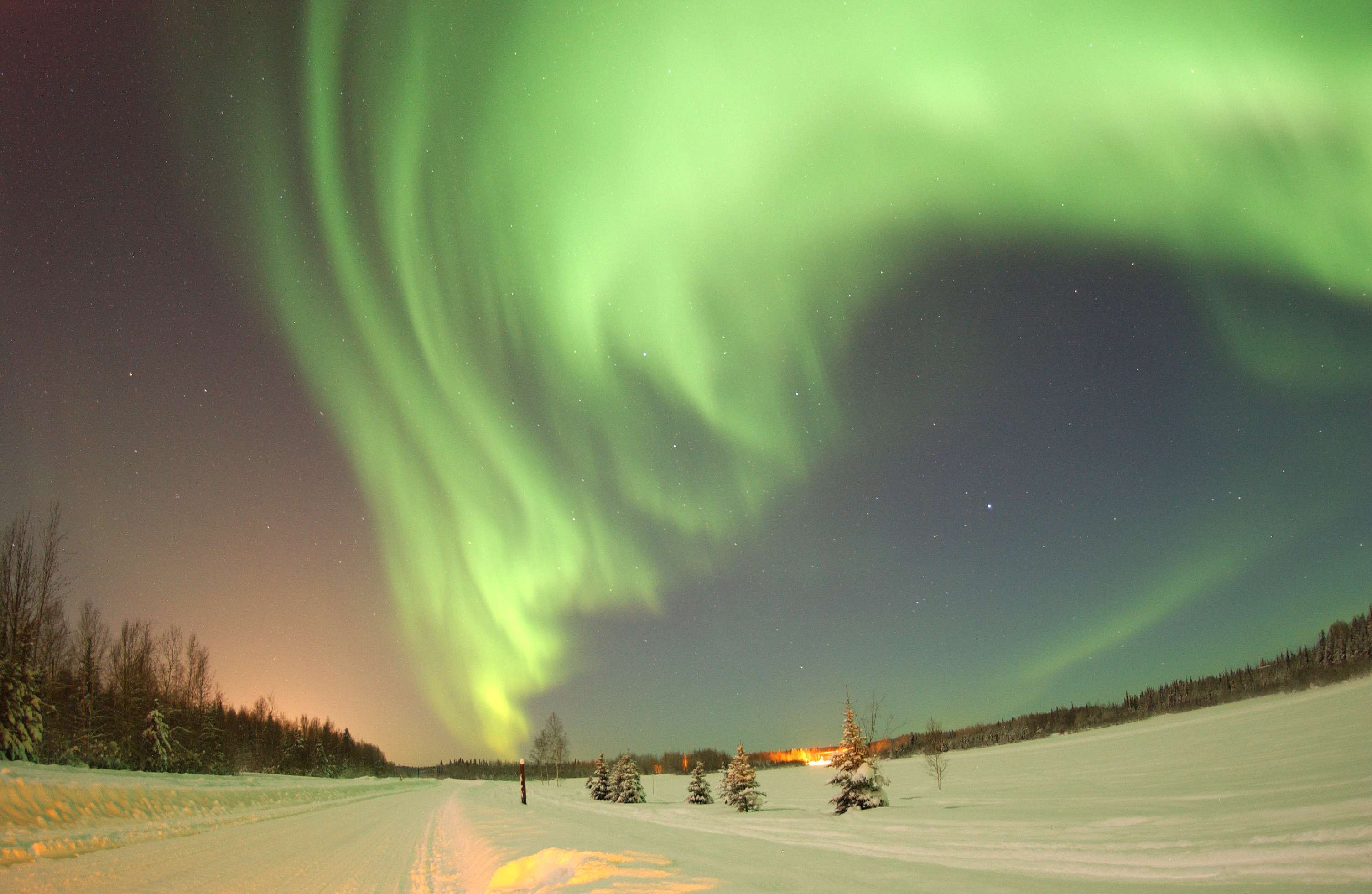 |
| Source: Wikipedia |
Each community had its own shaman/healer type person, or angakkuq. This person acted as a healer and a psychotherapist, someone who tended to wounds and gave advice when needed. But the main role of the angakkuq was to see and interpret the subtle and unseen ways in which the supernatural entities contacted them. These people were not trained in these abilities; they were believed to have been born with special powers. The Inuit believed that all spirits were sacred, and not giving them the proper recognition or respect (in both life and death) would only give reason for the spirit to avenge itself and bring bad luck to the community.
The aurora borealis, or northern lights (pictured above) were very important in traditional Inuit mythology. Some Inuit would look into the lights and see images of their friends and family members dancing in their next lives. Some considered the aurora to be a sign of evil, however. Some even thought that if one were to whistle at the lights, they would come down from the sky and cut his/her head off! But for others, the northern lights were considered to be a guide for hunting, and a spirit to assist the angakkuq in healing.
No comments:
Post a Comment